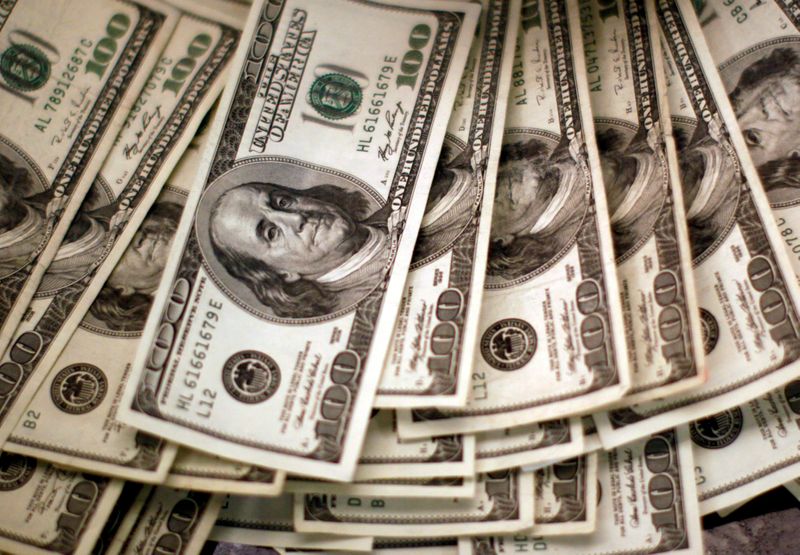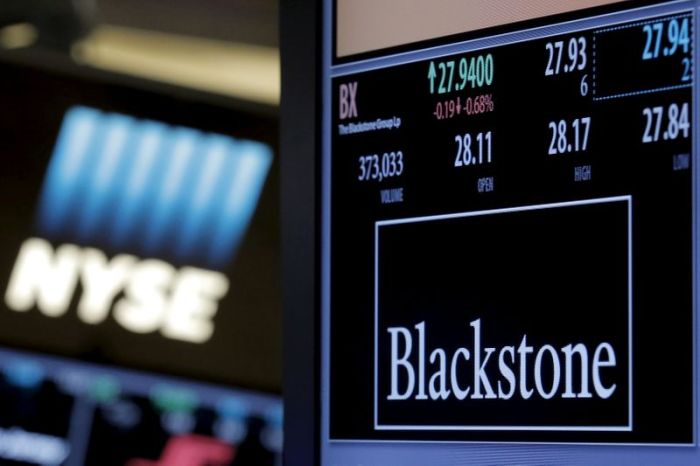NEW YORK (Reuters) – The dollar index hit an almost three-month low on Friday after strong economic data from China pushed investors toward riskier currencies and equity markets extended their rally.
The dollar has fallen more than 2% so far this month after Democratic U.S. President-elect Joe Biden’s election victory and positive COVID-19 vaccine progress, which has reduced demand for safe havens.
New Zealand’s dollar hit its highest level in more than three years, while the Australian dollar scaled September levels after data showed October profits at China’s industrial firms grew at their quickest pace since early 2017.
The British pound declined against the euro as the European Union and Britain said substantial differences remained over a Brexit trade deal as the EU chief negotiator prepared to travel to London in a last-ditch attempt to avoid a tumultuous finale to the five-year Brexit crisis.
Along with the data and Brexit headlines, Erik Bregar, head of FX strategy at Exchange Bank of Canada in Toronto, cited month-end selling of the U.S. dollar as investors balance portfolios after solid monthly gains for equities.
“There’s been talk all week that the U.S. dollar will see waves of selling going into Monday,” said Bregar who also noted “dollar selling into the London fix every day this week.”
But with many U.S. traders still on vacation a day after Thursday’s Thanksgiving holiday, Bipan Rai, North America head of FX Strategy at CIBC Capital Markets, said thinner trading volume was likely exaggerating the dollar move.
“It started with the impressive industrial profits data in China and that’s translating into what is a very patchy backdrop for liquidity in the North American time zone,” said Rai.
However, “over the longer term this is probably the right trend for the dollar. We think the dollar has further room to the downside,” he added.
Wall Street indexes advanced, with the Nasdaq closing at a record high, in Friday’s truncated session as retailers kicked off the year-end shopping season and COVID-19 hospitalizations hit records. [.N]
The dollar was last down 0.24% against a basket of major currencies after hitting $91.756, the lowest since Sept. 1. But it stopped short of hitting the September low of $91.737, which was last reached in April 2018.
The Australian dollar – seen as a proxy for risk along with other commodity currencies like the Kiwi and the Canadian dollar – was last up 0.41% .
The U.S. dollar was last down 0.23% against Canada’s loonie while the Kiwi was up 0.21% against the greenback.
Sterling was down 0.45% against the dollar and the euro was up 0.78% against the British currency.
Citing Brexit, Scottish leader Nicola Sturgeon said an independence vote should take place in the earlier part of the devolved parliament’s next term, which begins next year.
The euro was up 0.39% at $1.1952, barely reacting to downbeat comments from the European Central Bank’s chief economist Philip Lane on Thursday.
(Additional reporting by Elizabeth Howcroft in London; Editing by Chizu Nomiyama, Nick Zieminski and Richard Chang)
























